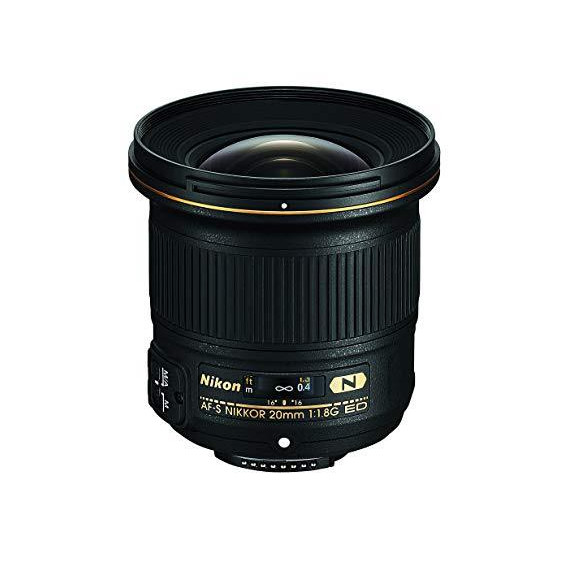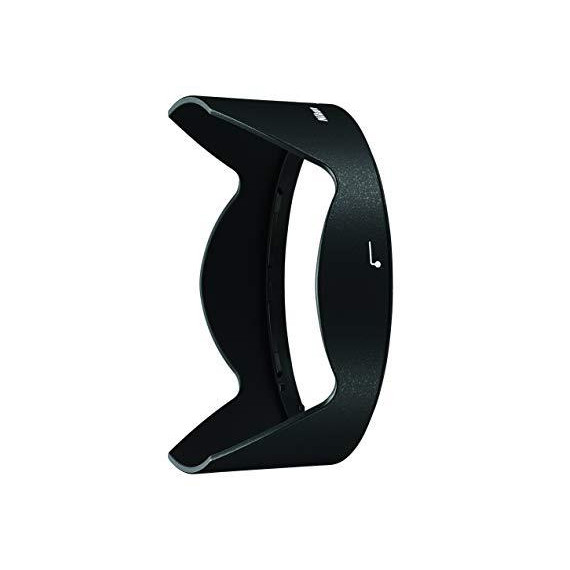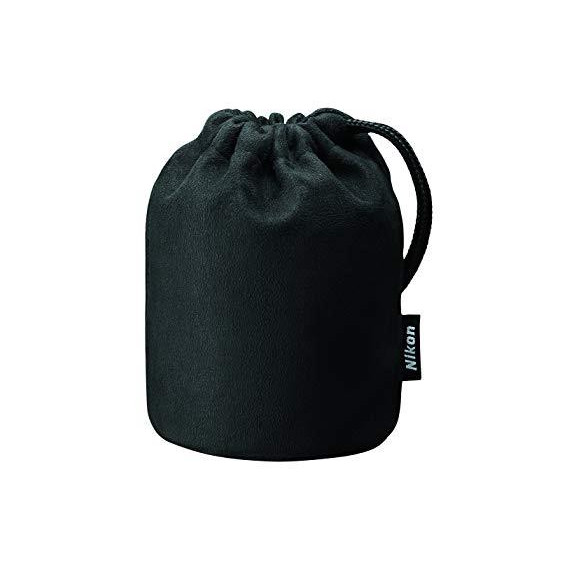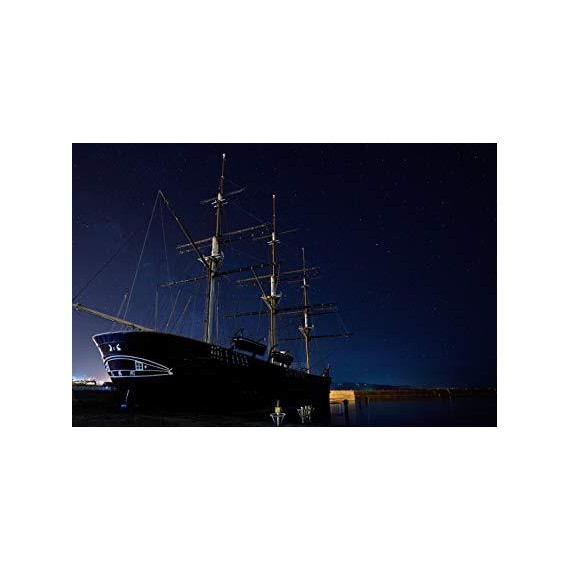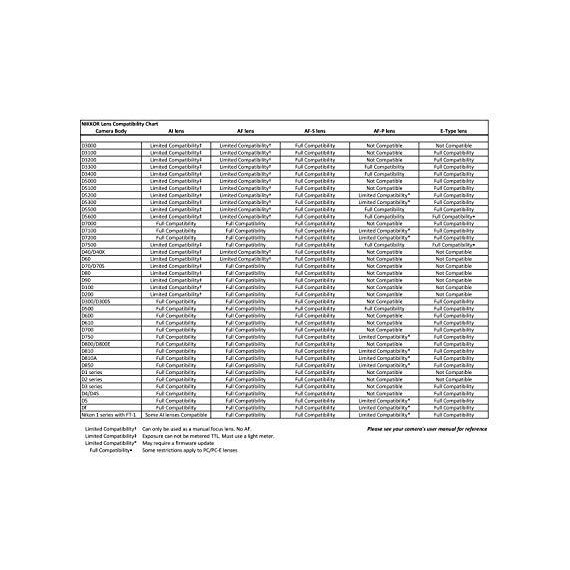Jason C.
Note: See comments section for test photos. This review will be updated periodically as I use the lens more. Update 1 (6/3/2015): As Ive now used it for half a year, I have added some of the breathtaking photos this lens has allowed me to capture (all shot at f/1.8). One additional thing Ive noticed concerns the focus. Although I dont classify it as a con, I have found that the optimal focus of the lens changes at different temperatures. A lot of the photo work I do involves cold conditions (usually 0 C), and I have found that if I correctly focus the camera at infinity at room temperature, the lens will go slightly out of focus when I bring my camera+lens down to freezing temperatures. Presumably this is due to the glass or barrel contracting. The effect is definitely noticeable on Nikons full frame 36 MP-class sensors (i.e. D800-series), and still noticeable on 12 MP full frame sensors. The easy solution is to cool your camera down before focusing it, which when I did it gave me consistently excellent, sharp results. However I want to emphasize this effect is normal and expected, and is NOT a design flaw. Introduction: ---------------- This lens was a bit of a surprise announcement for me back in September, and as soon as I saw it I knew it would be great for astrophotography, and anything in general that needs a wide field of view coupled with a shallow depth of field. I had briefly considered the Nikon 28mm f/1.8G lens, but I decided its optics wasnt good enough for my purposes (namely, focus shift, and a donut shaped area where the image resolution was unusually better). In retrospect Im glad I held back on that and waited long enough to purchase this one. I have used the old AF 20mm f/2.8D before, and the one time I was using it for a night sky shoot, the coma was so horrible I had to crop it out of the final image. With this new, updated lens, Nikon has brought the 20mm f/2.8D into the modern era. Being a 20mm lens with a max aperture of 1.8 meant that one would not have to pay the high premium for a wide angle f/1.4 lens (i.e., 24 f/1.4G and 35 f/1.4G, and the much rarer 28mm f/1.4D), which in my opinion isnt really worth it. With this 20mm f/1.8G lens the "bang-for-buck" ratio is quite good, despite with a price a little on the high end of the 1.8G series. The extra 2/3 stop one would gain from f/1.8 to f/1.4 for another ~$1000 dollars isnt worth it for me, Id rather just bump up the ISO by 2/3 of a stop if necessary. One critical advantage I see with this lens is the ability to use filters attached to the front. I love using my 14-24 when it comes to ultra-wide angle landscape shots, but as many point out it was not designed to be used with filters. The only filter system designed to work with it costs more than $250 (the WonderPana). With this new 20mm f/1.8G, now I can use all of the 77mm size filters I have for my f/2.8 zooms. This is an immense advantage I see especially among nature and landscape photographers. There are many possibilities with this 20mm f/1.8 lens - it is great for astrophotography where capturing both the landscape and night sky requires a wide angle lens. The large aperture also offers a great way to increase the separation between subject and background (or foreground). A big plus for this lens is the relatively extreme minimum focus distance of 7.8 inches *from the sensor plane.* This means you can practically shove the lens right up to your subject and still be in focus! This would also be a perfect lens for events, especially for cases where the venue is dark and you want to capture the entire crowd in one shot. As with any lens I purchase, the first thing I do is put it through some tests. I only do this to discover both the strong and weak points of the lens so that I have a better idea of how to use the lens. I dont shoot test charts all day (I actually dont have one, more below), the purpose of my tests is to determine the best ways of using the lens while minimizing its weak spots. Ergonomics: ----------------- - Weight: The lens is surprisingly light! When I first took it out of the box, it almost felt like a plastic toy. I was actually tempted to juggle with it, just kidding. This isnt to say its light weight is a bad thing; in fact its a tad lighter than the Nikkor 50mm f/1.4G. I own the awesome 14-24 lens as well which is at least a couple times heavier than this lens. So if I know I need to travel light, and need a wide angle fast lens, the 20mm f/1.8G fits the bill exactly. I can understand how some people subconsciously (or consciously) associate weight with quality, but despite its light weight it can suck in a lot of light, and have a wide field of view. This is mostly due to the reinforced plastic used throughout the construction of the lens. The only possible issue here is if people are more used to balanced camera body + lens combinations (i.e. the 14-24), this 20 f/1.8 will naturally shift the weight to be supported by your right hand more. - Focus ring: The focus ring is just the right size for me, approximately 2cm wide. The focusing is mostly smooth on my copy, and is damped for fine focusing. That is to say, as youre turning the focus ring, the focus distance turns at a slower rate than your fingers. This makes it easier to finely tune focus, especially when manual focusing for astrophotography. The focusing ring has a total throw distance of ~90 degrees from minimum focus to just past infinity focus. There arent too many focus distances marked, only at 0.2m, 0.25m, 0.4m, and infinity. - Other: The front of the lens has a small flute that makes it easier to hold (at least for me). The M/A - M switch is the same as on other lenses and located at the same place. The focus distance indicator has distances in meters and ft., but are spaced closer than most of my other lenses. The front element is quite bulbous in fact, and so is the rear element so be careful when mounting or unmounting. The white mounting index dot is larger than usual, and makes it easier to switch lenses in the dark. Performance: ------------------ - Resolution: The lens is an amazing performer when it comes to image quality, given its size, weight, and large aperture. Wide open the resolution decreases slowly from the center to about 3/4 of the image circle (3/4 the way from center to the corner), where it starts to degrade at a faster rate. The microcontrast (i.e. 10 l/mm on MTF charts) is very well maintained out to the corners (as opposed to older lenses), but acutence (i.e. 30 l/mm on MTF charts) decreases noticeably at the last 1/4 interval. Fortunately microcontrast can be boosted in post processing, if it is needed. Compared to the 14-24 at 20mm and f/2.8, this lens is comparable, although definitely softer at f/1.8. This is of course normal, but hopefully it provides a good comparison of where the image quality stands. Overall it is superb, and over most of the frame the details are punchy with nice contrast. The lens copy I got had no decentering issues at infinity (left and right side were simultaneously in focus), and as far as I can tell no issues with focus shift, when focused at infinity. Briefly for anyone interested, for the infinity focus performance tests I used a D800 body on a tripod, with my test subject being a row of buildings very far away (~0.5 mi) with a lot of small details. Image resolution was determined by manually focusing at 100% live view, and also using contrast detect AF. What a lot of people dont realize is that image resolution can vary between different focus distances. So in this light I also briefly tested the lens resolution very close to the minimum focus distance of ~10 inches. Note this is a brief test, so I only used the phase detect AF to focus. I found the resolution to decrease just a tiny, but noticeable amount. Again this is preliminary since I didnt manually focus it. - Coma: This is a type of optical aberration that affects very small distant points of light (i.e. stars, distant street lights). The aberration is worse the farther it is from the image center, in this case the corners, and manifests itself as bright wings around the point sources of light oriented towards the center of the image. Since astrophotography usually involves stars in the night sky, it was an important attribute for me when deciding if the lens was right for me. Overall, the coma performance of this lens was excellent. Stars in the night sky retain their point like structures for the most part, however the brightest stars did exhibit faint wings around them when magnified to 100%. This amount is negligible even for very large prints (i.e., 30" x 50" prints). By comparing images on the 20mm at f/1.8 to shots taken using the 14-24mm (another lens with very good coma performance), both lenses exhibited about the same level of coma at roughly the same aperture (f/2.8 on the 14-24mm, f/2.5 on the 20mm). So if you are an astrophotographer, and are concerned about coma performance, buy this lens with confidence. Although coma on stars look great, if you have distant lights in your shots, the coma will appear much worse just like on the 14-24. On the 20mm lens at f/1.8, the coma wings are approximately 1.5X the lengths of coma wings on the 14-24mm at 20mm and f/2.8 aperture. ***See comments section for links to test photos.*** So if you are doing night city shots for example, be sure to stop down to f/4 to completely minimize coma. However if you are doing night sky shots, the coma performance at f/1.8 is quite good and wont be noticed. This shouldnt be an issue most of the time, since I would most likely have a tripod with me if doing night cityscapes. If I didnt have a tripod and was forced to use this lens at f/1.8, Id much rather have a bit of coma in my image than no image. - Autofocus: The autofocus for this lens is quite typical for the 1.8G line of lenses. It isnt super fast like Nikons premium f/2.8 zooms, but it isnt a slouch either. The relatively short focus throw distance helps in reducing the seek time for the AF-S motor. In fact the AF sound reminds me of the AF unit on the Nikkor 16-85mm DX lens I also own. Focus breathing is another aspect important more for cinematographers, and the general characteristic is the focal length increases by approximately 1-2mm the closer the lens is focused. Focusing is internal so polarizers can be used without any problems, with the rear element becoming more recessed the closer one focuses. The minimum focus distance on this lens is ridiculously close - I measured approximately 6cm from the subject to the front lens element (the working distance). Objects at this range appear quite distorted naturally, with the background blur being very pleasing to look at. The bokeh is quite pleasing to my eye at least, with out of focus highlights at f/1.8 and minimum focus distance being mostly circular and not very nervous. At smaller apertures the 7 bladed diaphragm shape can be seen in the out of focus highlights. Finally, on my particular copy I found that it was consistently back focusing. No problem, I dialed in an AF fine tune of -7 on my D800, and -12 on my D700. After calibrating the AF the lens was consistently hitting the correct focus at all focal distances (infinity to minimum focus distance). Interestingly enough, the focus was perfect on my wifes D5000 (which doesnt have AF fine tune). - Flares and ghosting: Im amazed that this wide angle lens has produced very little flares in any photos Ive taken so far. The lens resists flares a lot better than a lot of wide angle lenses though. In my experience with the lens, I got flaring with very bright lights at night from car headlights. Its impossible to design a lens that would not produce flares under any conditions, but this is the next best thing anyone can ask for. The lens has the nano crystal coating which apparently reduces the amount of flares seen when shooting into strong light (i.e. the Sun). I havent noticed any ghosting yet in real shooting conditions yet. - Color aberrations: I have noticed a bit of purple fringing at harsh contrast edges (i.e. a sharp edge between white and black) at larger apertures. However by f/2.5 they mostly go away, and are irrelevant by f/4. However this can be easily rectified in post production, or one can stop down to a smaller aperture. - Vignetting: The vignetting was surprisingly less than I expected. Compared to the 14-24 at f/2.8 the vignetting is stronger on the 20mm f/1.8, but not by that much more. Fortunately though vignetting can be corrected in post production as well, and in fact some people see it more as a feature. By f/2.8 most of the vignetting is gone, and by f/4 it is field irrelevant. - Distortion: This is another department the lens is nothing short of amazing. The amount of distortion is very low compared to other (ultra-) wide angle lenses. Unless you are doing architectural photography (which is one application of this lens), distortion correction is not needed and straight lines look very straight and pleasing. Conclusions: ------------------ Pros: + Excellent price to performance ratio compared to Nikons other wide angle primes (i.e. 24 f/1.4G) + Very light weight, a tad lighter than the 50mm f/1.4G lens. + Image resolution is quite sharp at f/1.8 and infinity focus, it is softer than the 14-24 at 20mm and f/2.8 but not by a whole lot. + Coma performance for stars is excellent - See links posted in the comments section of this review. + 77mm filter thread lets me use my existing filters at an ultra-wide focal length, which is a huge advantage over the 14-24. + Autofocus is decently fast, not as fast as the f/2.8 zooms, but still good. + Extremely close minimum focus distance, with a working distance (subject to front of lens) of ~6 cm. + Focus ring is damped, good for manual fine tuning of focus. + No focus shift apparent when focused at infinity. + Bokeh at f/1.8 is quite pleasing, out of focus highlights appear round without much outlining. + Large white mounting index on lens makes it easier to switch lenses in the dark. + (So far) Ive seen no flares or ghosting in any images. + Vignetting is very decent, only a little bit darker than the 14-24 at f/2.8. + Distortion levels are amazingly low, and irrelevant in the field (except maybe architecture photography). This can be corrected in post production anyway if needed, just like most other lenses. + Flaring is present in very strong lighting (i.e. headlights at night), but is on par or better than most wide angle lenses. + No ghosting seen any images. Cons: - Light weight lens may be harder to balance on pro bodies. - Coma of bright point sources (i.e. distant street lamps) are very apparent, although similar to the 14-24. At f/1.8 the length of the coma wing is about 1.5 times longer than the coma wings in the 14-24 at 20mm and f/2.8. At about f/2.8 on both lenses the coma is nearly identical in size. See links posted to coma test shots in the comments section of this review. - Purple fringing is apparent at apertures larger than f/2.8, however they can be corrected in post production, or one can stop down to f/2.8 or smaller to get rid of it. - It is not nearly as weather sealed as Nikons "professional" line up of lenses (i.e. the f/2.8 zooms), although it does have a rear rubber gasket.




